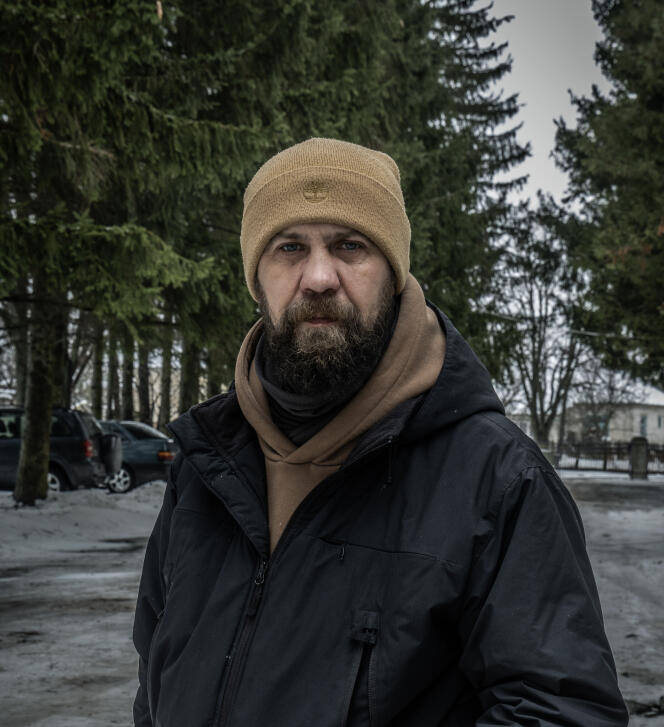


The lieutenant-colonel of a combat unit, back from the Bakhmut front, summed up the situation in a few words: "Gas is terror."
The subject is not really a military secret, nor completely taboo, but it is rarely raised by Ukraine: The Russian army is increasingly using combat gases, prohibited by the laws of war and international conventions, on Ukrainian battlefields.
Dmytro Klymenko commands a support battalion, dubbed "Skelya" (Rock), of the first Ivan Bohun special forces brigade, and as such is responsible for its NRBC (nuclear, radiological, biological or chemical) unit. Like many officers in the Ukrainian army's support and medical forces, the lieutenant-colonel described a situation that is getting worse with each passing month. "There's been a clear upsurge in gas use since October [2023]. It started with grenades dropped by drones, and now it's also with artillery. Previously it was only against enclosed areas, such as a position in a trench or an armored vehicle, and now it's also in open terrain, with special shells that explode in the air, above the troops, and release gas."

Lieutenant-Colonel Klymenko claims to have had to rescue "a lot of wounded" and to have had "one dead" due to gas. "The dead man was actually a guy already wounded by shrapnel, but as we couldn't evacuate him for several hours, he was asphyxiated by gas in the trench."
The aim of using gas is twofold: on the one hand, to force fighters out of a fortified position and then kill them with artillery or kamikaze drones; on the other, to put as many men as possible out of action, with each wounded man, if he can no longer walk alone, having to be evacuated by four comrades, making it easier to conquer a position.
The CBRN analysis center of the Ukrainian Army Support Forces Command agreed to disclose certain information. Since the Russian invasion on February 24, 2022, "626 gas attacks" have been recorded and "many more" are being investigated, according to Captain Dmytro Serhiyenko, the commander's assistant. Of the chemicals used, he confirmed only the use of CS gas, saying that other cases of chemical attacks are still being analyzed.
CS is the gas most commonly used by law enforcement agencies around the world, but in addition to being used in a more concentrated and harmful way by Russian forces, it is prohibited on the battlefield. The laws of war prohibit substances used to incapacitate and then kill combatants. The captain describes it as "an irritating and incapacitating gas" causing "choking, vomiting, skin and eye irritation, and when highly concentrated, burns."
You have 70% of this article left to read. The rest is for subscribers only.
